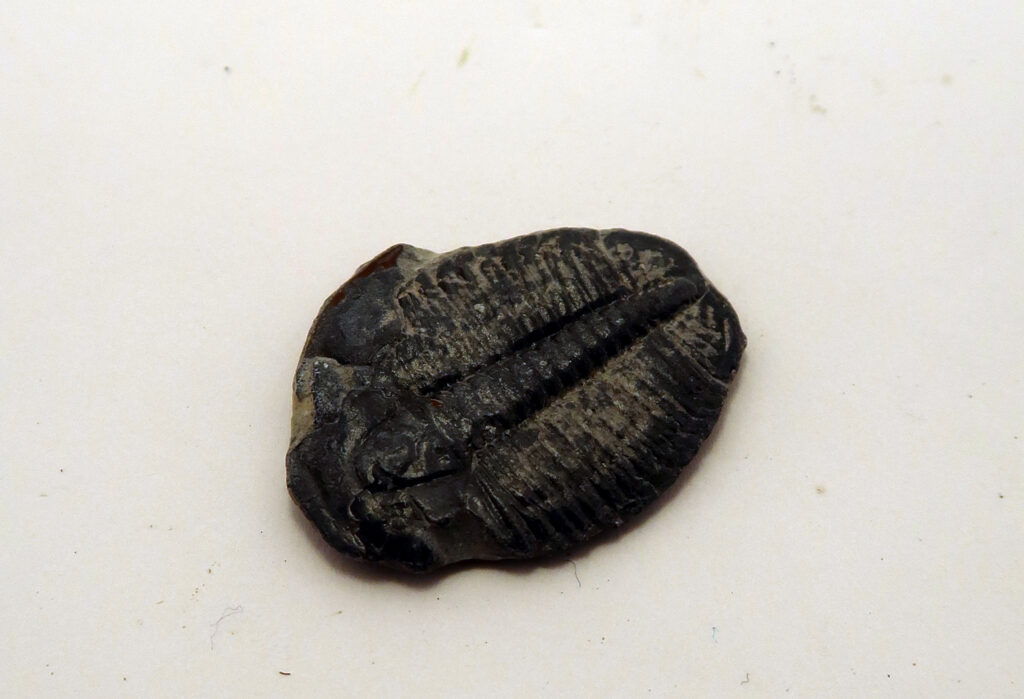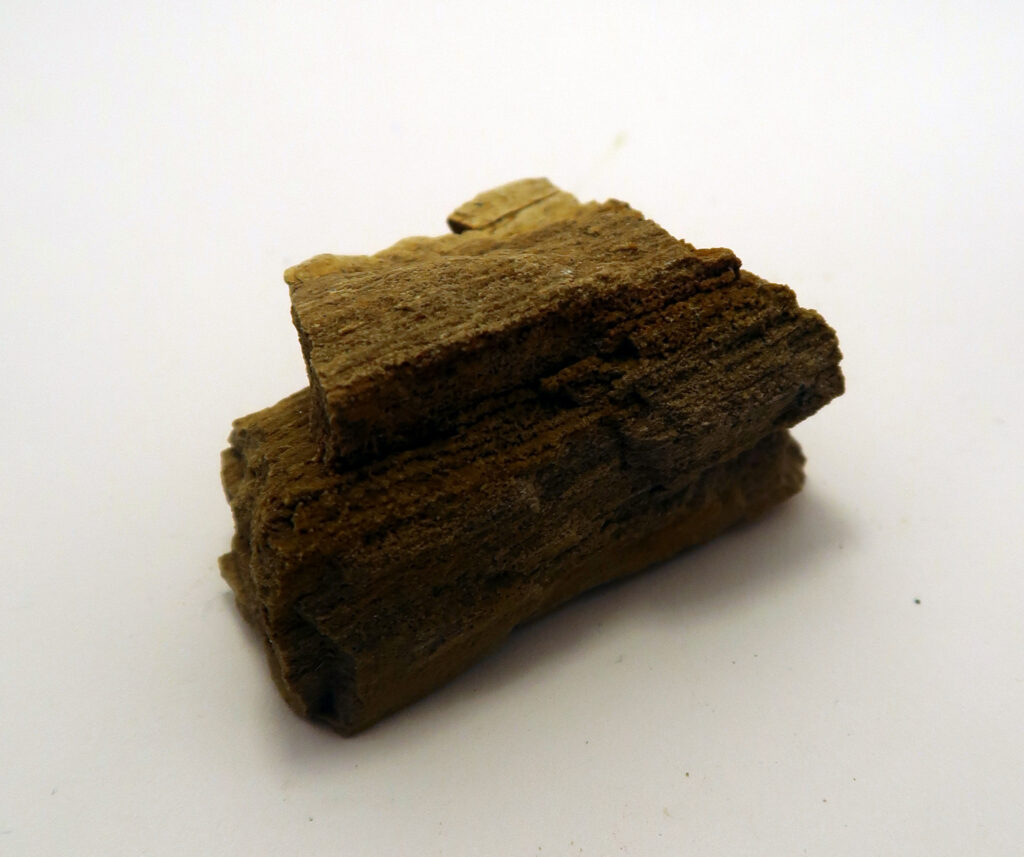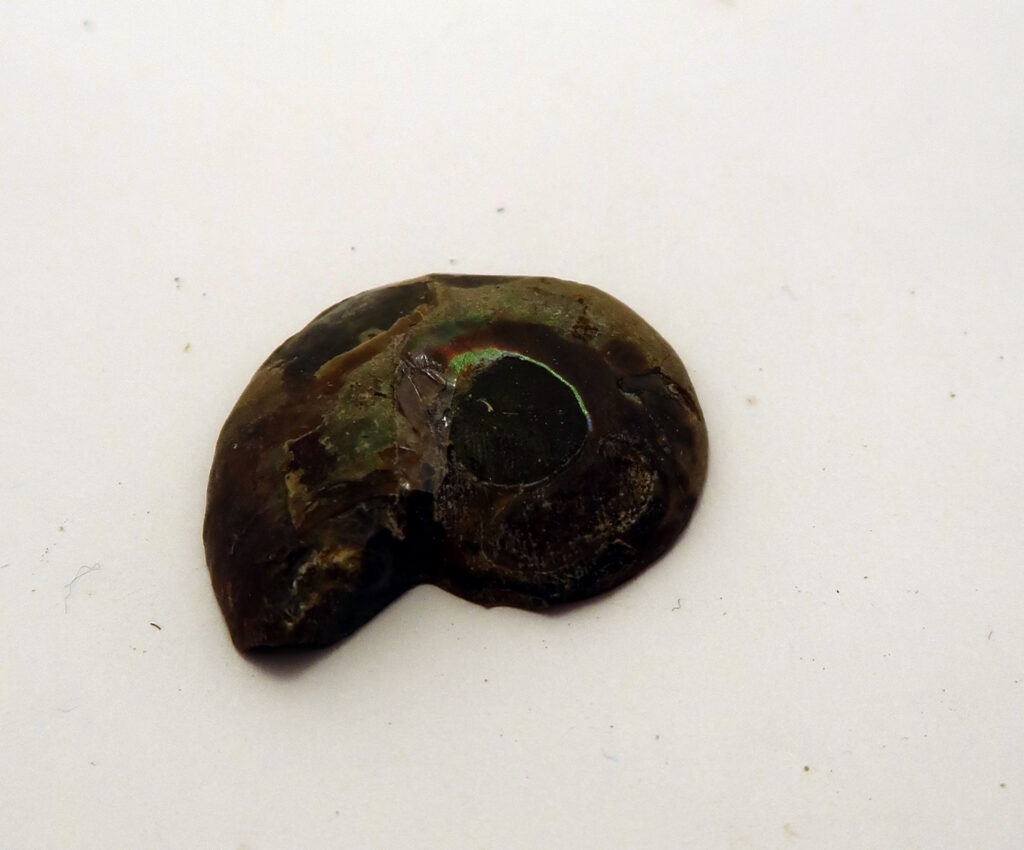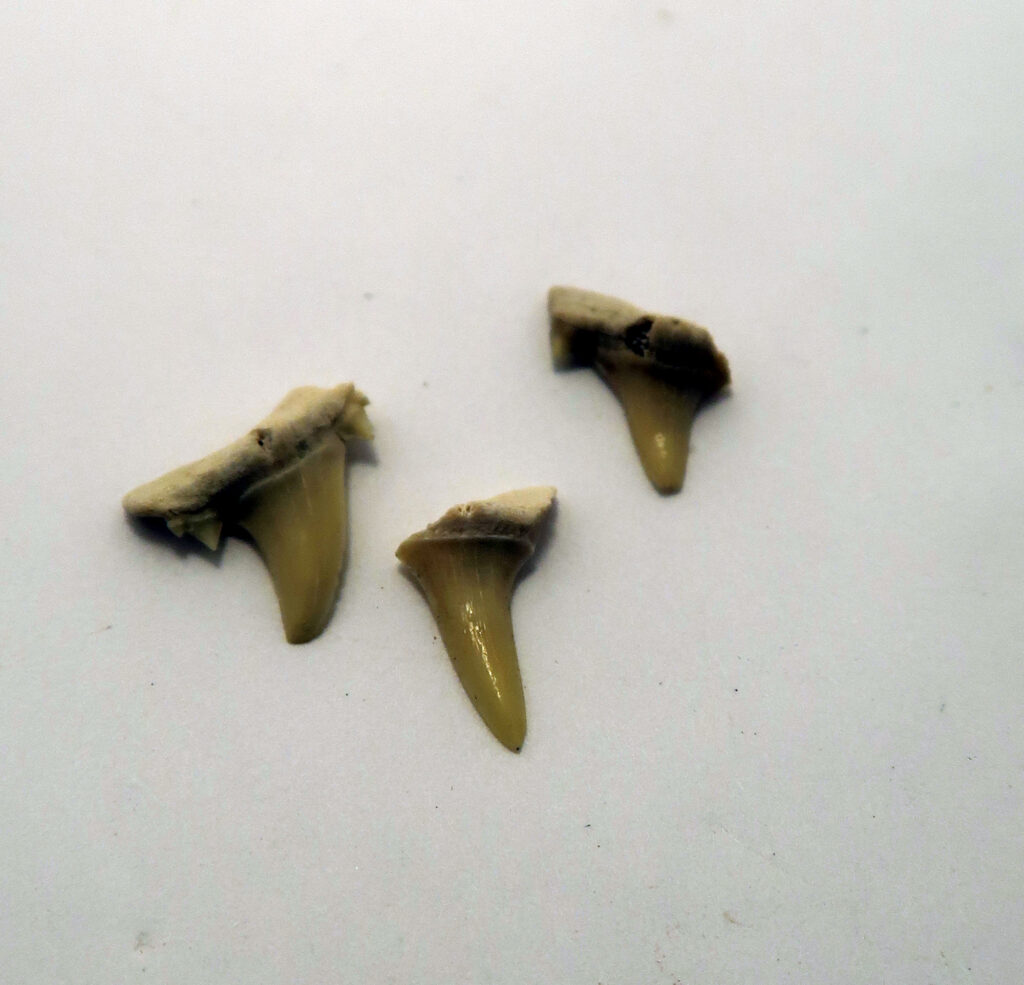Fossils
A fossil is the remains or impression of a prehistoric creature. This can include bones, shells, imprints of animals, petrified wood and DNA remnants. The study of fossils is called paleontology and paleontologists play an important role in evolutionary biology. Typically, to be considered a fossil the specimen must be at least 10,000 years old. The oldest known fossil has been dated between 3.48 and 4.1 billion years old. Fossils typically only represent the mineralized portion of an organism such as bone, teeth and chitinous skeletons. Trace fossils are fossilized marks made by an organism such as footprints or feces.
The most common method of fossilization is permineralization. After all the soft tissue has decayed, water seeps into the remains and dissolves minerals inside. In the now-empty space, crystals form, causing the remains to harden. Another type of fossilization called compression fossilization occurs when an organisms is compressed by high pressure. This compression leaves behind a dark imprint and most commonly occurs with plants. Preserved remains are the most uncommon type of fossil. They occurs when the soft-tissue is preserved inside organic material, like insects in amber.
The Nature House has a small collection of fossils, so next time you come to visit go back in time with us!

Trilobite Fossil
(Elrathia kingi)
Trilobites are one of the earliest known arthropods. They existed for over 300 million years.
Petrified Wood
Some specimens of petrified wood are so accurate that people don’t realize they are fossils until they pick them up and see how heavy they are.
Ammonite Fossil
Ammonites are a group of extinct marine cephalopods.
Condrichthyes Teeth
Fossilized shark teeth are fairly common due to the fact that sharks continuously shed their teeth. The oldest known shark species dates back 450 million years.
Batoidea Teeth
Ray teeth can be identified by the rectangular shape with ridges.
Dinosaur Bone
Dinosaurs are a diverse group of reptiles, first appearing in the Triassic period
To learn more about local fossils check out Fossils of Vancouver Island.


